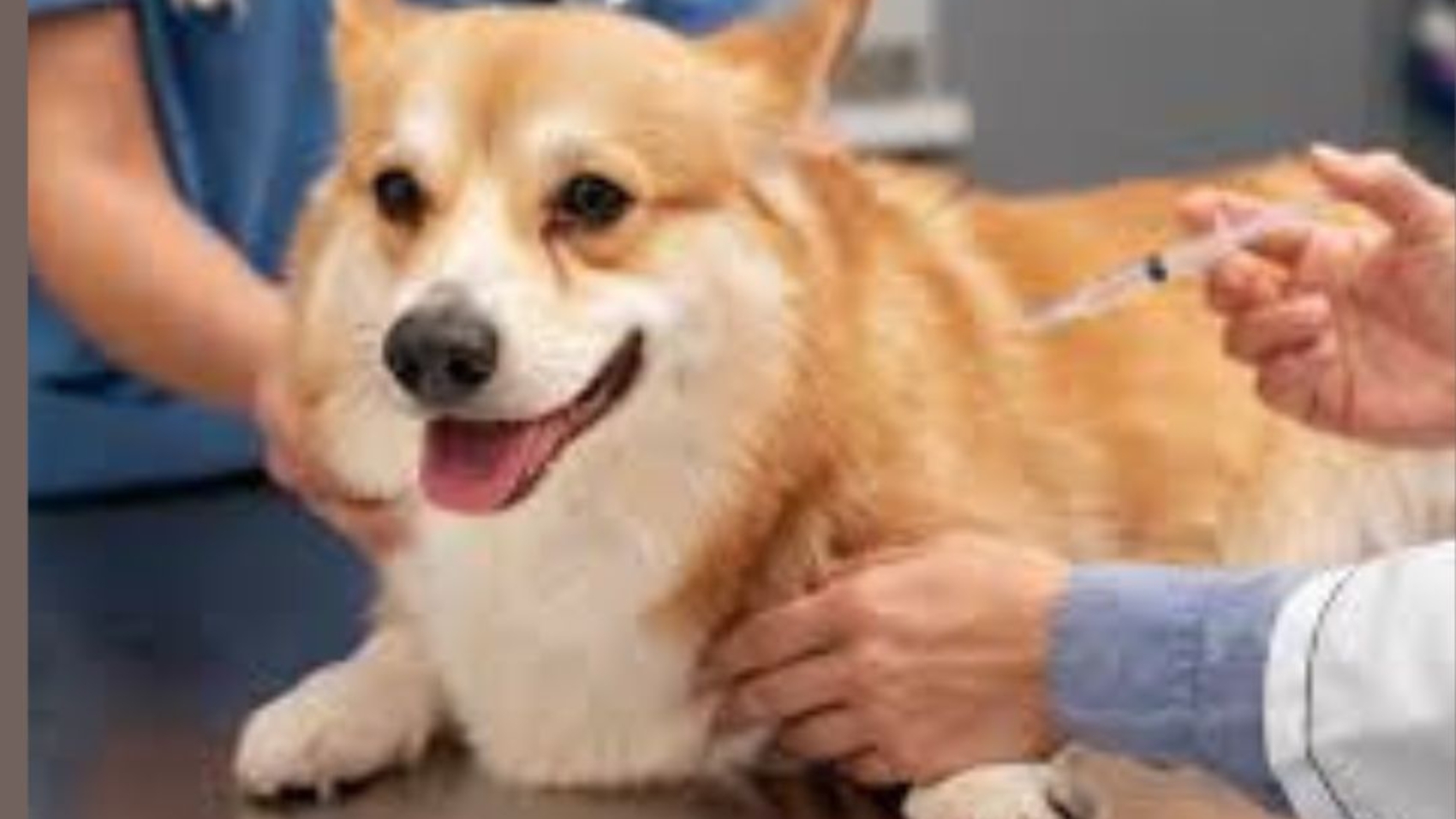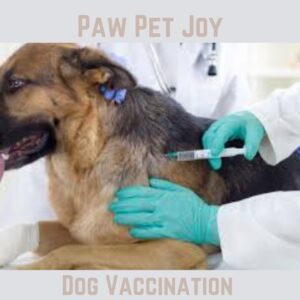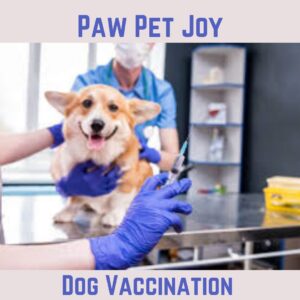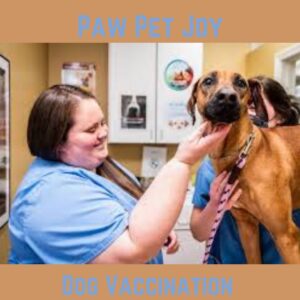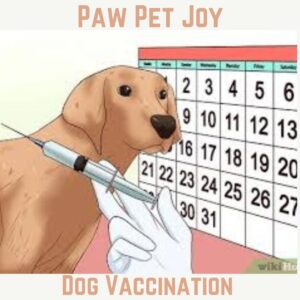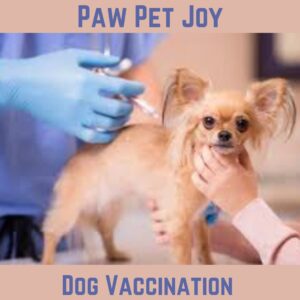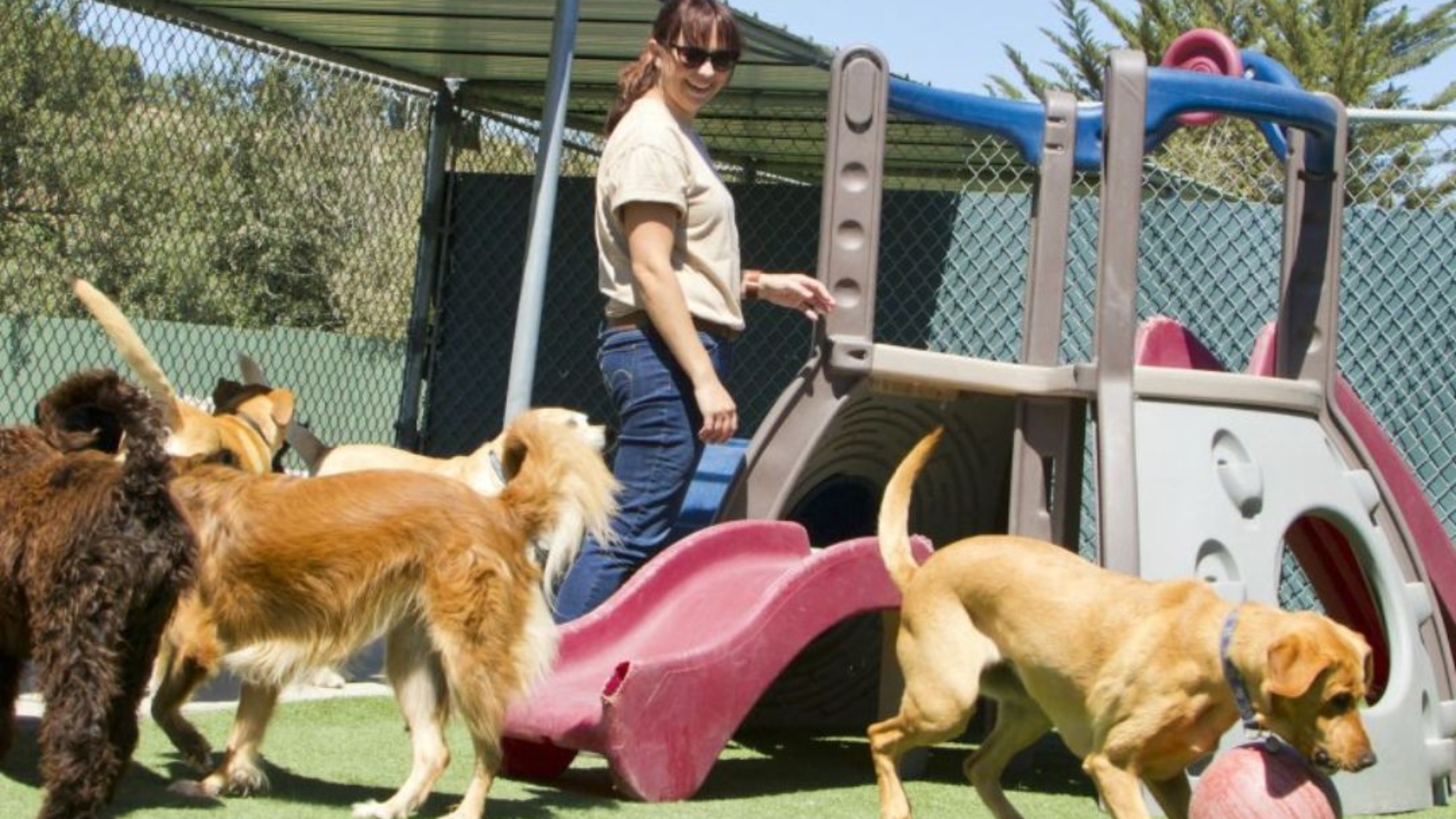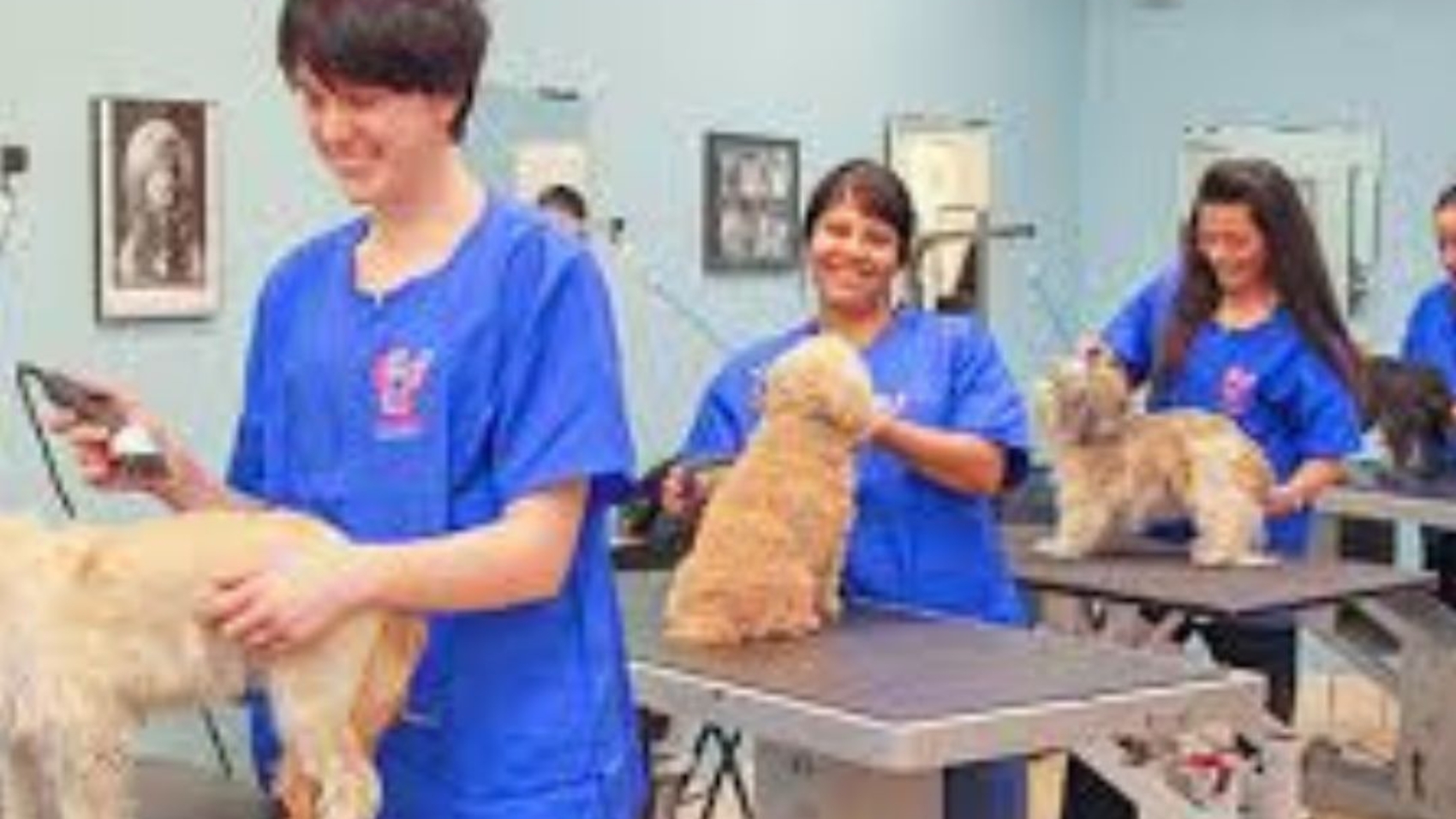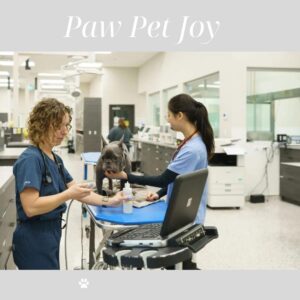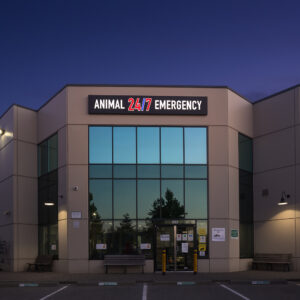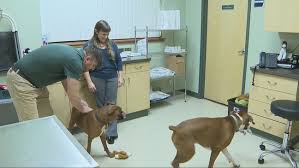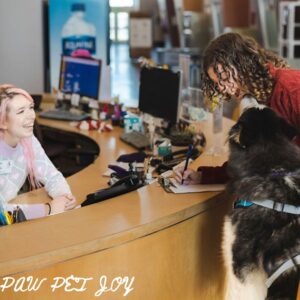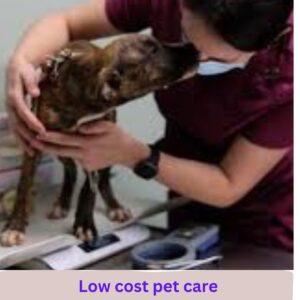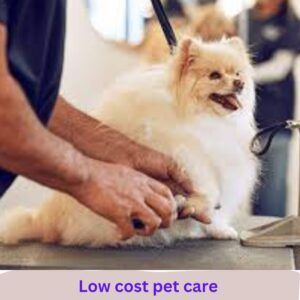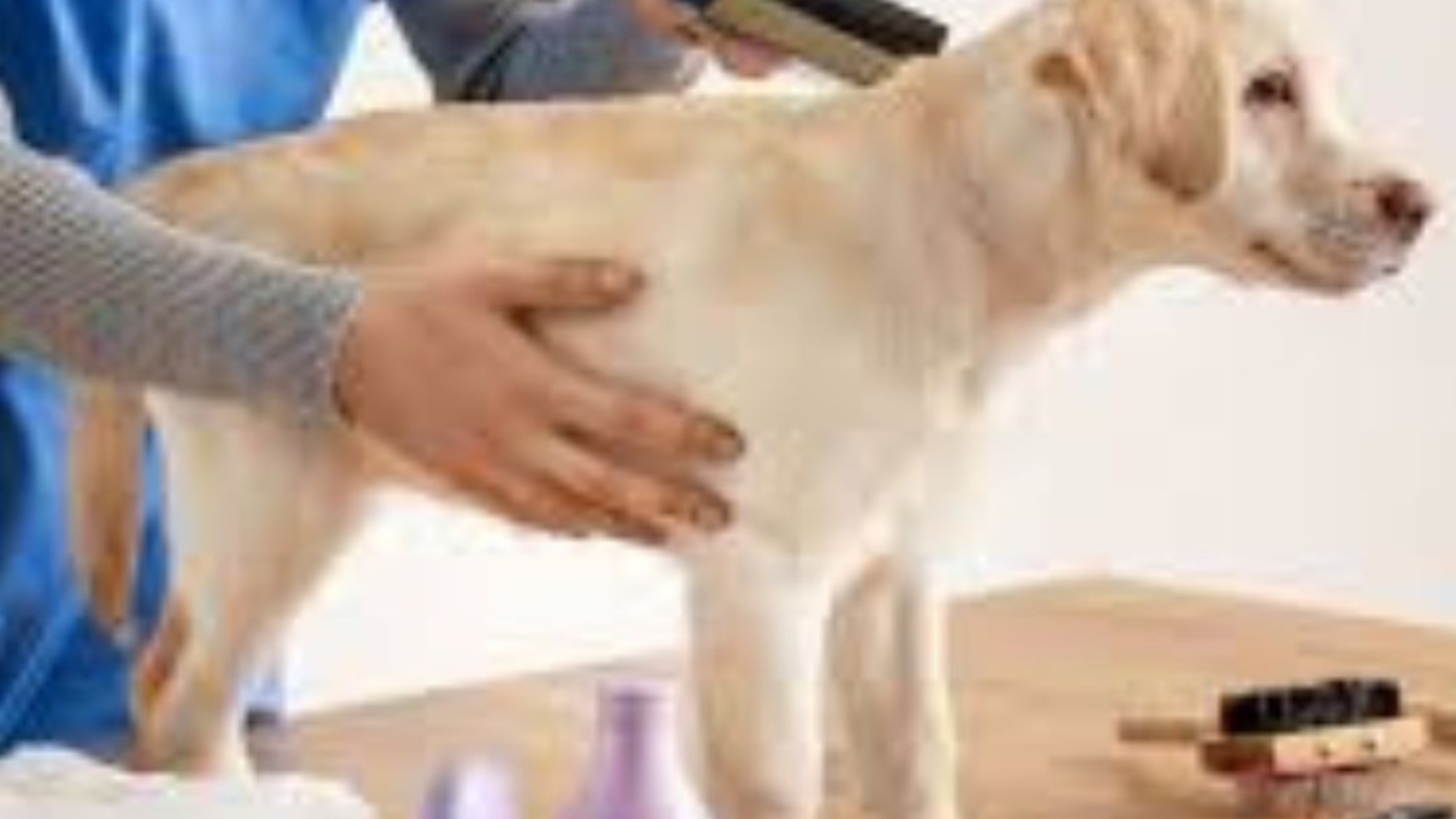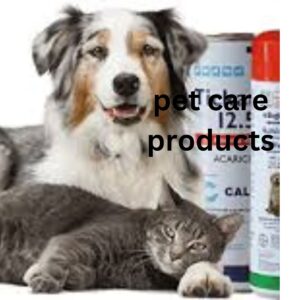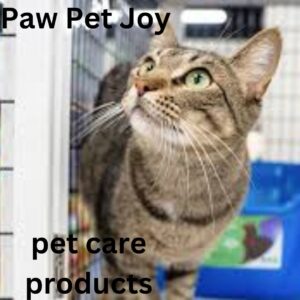Dog boarding we’ll explore the different types of services available, tips for preparing your dog their stay and ensuring a smooth transition while away
Dog boarding has become an essential service for pet owners who travel frequently or need temporary care for their dog companions. Ensuring that your dog is well-cared for when you’re away is crucial for their well-being and your peace of mind. This article delves into the nuances of dog boarding, covering everything from what it entails to how to choose the best facility, and includes essential tips for preparing your dog for boarding. Additionally, we address common FAQs and provide handy bullet points for quick reference.

- What is Dog Boarding?
- Benefits of Dog Boarding
- How to Choose the Right Dog Boarding Facility
- Preparing Your Dog for Boarding
What is Dog Boarding?
Dog boarding is a service that allows pet owners to leave their dogs in a professional facility where they will be cared for while the owners are away. These facilities offer a range of services, including feeding, walking, socializing, and sometimes even grooming. Dog boarding can be an excellent solution for short-term and long-term care needs, ensuring your dog is safe, happy, and well-cared for in your absence.

These facilities are typically equipped with various amenities to cater to your dog’s needs, such as cozy sleeping areas, play areas, and outdoor spaces for exercise. Dog boarding is a great option for pet owners who want to ensure their dog is well taken care of in their absence.
When you choose a dog boarding service, you can rest assured that your dog will be in good hands. Professional staff members are usually trained to provide the best care for your pet, ensuring they are happy, healthy, and comfortable during their stay.
Dog boarding facilities also offer other services that you may find beneficial, such as grooming, training, and even veterinary care in case of emergencies. This can be especially useful if you have a busy schedule and are unable to attend to these needs yourself.
Dog boarding is a popular choice for pet owners because it provides a safe and supervised environment for their dogs while they are away. This helps reduce the stress and anxiety that both you and your pet may experience when you have to leave them behind.
One of the main benefits of dog boarding is that your pet will be able to socialize with other dogs during their stay. This can help improve their social skills and prevent loneliness or boredom, as they will have the opportunity to play and interact with other animals.

Dog boarding services offer a convenient and reliable option for pet owners who need a temporary place for their dogs to stay. With professional staff members, comfortable accommodations, and a range of amenities, you can trust that your dog will be well taken care of while you are away.
Next time you need to go out of town or face a situation where you cannot bring your dog along, consider choosing a dog boarding service for your pet’s care. It will provide you with peace of mind knowing that your beloved dog is in good hands and being well looked after.
Benefits of Dog Boarding
Dog boarding offers numerous benefits for both pets and their owners. Here are some key advantages:
Professional Care: Dog boarding facilities employ trained staff who are experienced in handling and caring for dogs. This ensures that your pet receives professional attention and care. There are numerous benefits to using a professional dog boarding service for your dog companion. One of the main advantages is that your dog will receive constant care and attention from experienced professionals. Boarding facilities typically have staff members who are trained to handle various breeds and temperaments of dogs, ensuring that your pet is in good hands while you are away.
Socialization: Boarding facilities provide opportunities for dogs to interact and play with other dogs, which can be beneficial for their social development. Socialization is another benefit of using a dog boarding service. Dogs are social animals and thrive on interacting with other dogs and people. Boarding facilities often have designated play areas where dogs can socialize and engage in supervised playtime with other pets. This can help prevent feelings of loneliness or separation anxiety in your dog while you are away
Safety: Boarding facilities are designed to keep pets safe and secure. They typically have secure enclosures, regular monitoring, and emergency protocols in place. Using a dog boarding service can help alleviate the guilt and worry that pet owners may feel when leaving their dog behind. Knowing that your pet is being well-cared for and is in a safe environment can make it easier to enjoy your time away from home without constantly worrying about your dog.
Convenience: For pet owners, dog boarding offers a convenient solution to ensure their pets are cared for when they cannot be present. The benefits of using a dog boarding service far outweigh the potential drawbacks. By choosing a reputable facility with experienced staff members, pet owners can rest assured that their dog will receive the best possible care and attention while they are away. So next time you need to leave town, consider using a dog boarding service to ensure that your dog companion is well taken care of in your absence.

Peace of Mind: Knowing that your dog is in a safe, professional environment allows you to travel or handle other responsibilities with peace of mind. Dog boarding services also provide a structured daily routine for your pet. Dogs thrive on routine and structure, and boarding facilities typically have set feeding times, exercise routines, and play schedules for the dogs in their care. This can help keep your dog engaged and mentally stimulated while you are away, preventing boredom and destructive behaviors.
How to Choose the Right Dog Boarding Facility
Selecting the right dog boarding facility is crucial to ensure your pet’s comfort and safety. Here are some factors to consider:
Reputation: Research the facility’s reputation by reading online reviews, asking for recommendations, and checking for any complaints or red flags.
Staff Qualifications: Ensure that the facility employs qualified and experienced staff who are trained in pet care and handling emergencies.
Cleanliness and Hygiene: Visit the facility to check its cleanliness and hygiene standards. A clean environment is essential for your dog’s health.
Facilities and Amenities: Look for facilities that offer ample space, comfortable accommodations, and additional amenities like play areas, grooming services, and regular exercise.
Policies and Procedures: Understand the facility’s policies on feeding, medication, emergency procedures, and any additional services they offer.

Trial Run: Consider doing a trial run by boarding your dog for a short period to see how they adjust and how the facility handles their care.
Choosing the right dog boarding facility is an important decision that should not be taken lightly. By visiting the facility, evaluating the staff, considering the daily routine and activities, ensuring safety measures are in place, and taking into account the size and layout of the facility, you can make an informed choice that will provide a safe and enjoyable experience for your furry friend while you are away. Remember, your dog’s well-being is worth the extra effort in finding the perfect boarding facility for them.
Preparing Your Dog for Boarding
Preparing your dog for boarding is essential to ensure a smooth and stress-free experience. Here are some steps to follow:
Visit the Facility: Take your dog to visit the boarding facility beforehand to familiarize them with the environment and staff. Make sure you choose a reputable boarding facility that meets your dog’s needs. Take the time to visit the facility, meet the staff, and ask any questions you may have about their services. Look for a facility that provides ample space for your dog to play and interact with other dogs, as well as comfortable accommodations for resting and sleeping.
Update Vaccinations: Ensure your dog’s vaccinations are up to date to protect them and other pets at the facility. Make sure your dog is up to date on all their vaccinations. Boarding facilities require proof of vaccination to ensure the safety and health of all the dogs in their care. It’s also a good idea to talk to your veterinarian about any additional preventative measures you can take, such as flea and tick prevention, to keep your dog healthy during their stay.

Pack Essentials: Pack your dog’s essentials, including their food, favorite toys, bedding, and any medications they need. Before your dog’s boarding stay, it’s important to pack all the essentials they will need during their time away from home. This includes their regular food and any necessary medications, as well as familiar items such as their favorite toys or bedding. Packing these familiar items can help your dog feel more comfortable and secure in their new environment.
Maintain Routine: Try to maintain your dog’s routine as much as possible while they are boarding. This includes feeding times, exercise, and sleep patterns. It’s also a good idea to provide the boarding facility with important information about your dog’s routine and any special care instructions. This may include feeding schedules, medication instructions, or specific behavior training techniques that work best for your dog. The more information you can provide, the better equipped the staff will be to care for your dog.
Stay Calm: Dogs can sense their owner’s emotions. Stay calm and positive when dropping off your dog to help reduce their anxiety. When it’s time to drop your dog off at the boarding facility, try to remain calm and positive to help reassure your dog that everything will be okay. Keep your goodbyes brief and avoid making a big scene, as this can cause unnecessary stress for your dog. Trust that the staff at the boarding facility are experienced in handling all types of dogs and will do their best to make your dog feel safe and comfortable during their stay.
- How do I know if my dog is a good candidate for boarding?
Most dogs can adapt to boarding with the right preparation. However, if your dog has severe anxiety, aggression issues, or health concerns, it’s essential to discuss these with the boarding facility to ensure they can accommodate your dog’s needs.
- What should I look for in a dog boarding facility?
Look for a facility with a good reputation, qualified staff, clean environment, ample space, and clear policies. Visiting the facility beforehand and asking questions can help you make an informed decision.
- How much does dog boarding typically cost?
The cost of dog boarding varies depending on the facility, location, and services offered. On average, prices can range from $25 to $85 per night. Luxury boarding facilities with additional amenities may charge higher rates.
- Can I bring my dog’s own food and belongings?
Yes, most boarding facilities allow you to bring your dog’s food, bedding, and toys. This can help your dog feel more comfortable and maintain their regular diet and routine.
- What happens if my dog gets sick while boarding?
Reputable boarding facilities have protocols in place for handling medical emergencies. They typically have partnerships with local veterinarians and will contact you immediately if your dog becomes ill.
Quick Reference: Dog Boarding Essentials
- Research Facilities: Check reputation, staff qualifications, and amenities.
- Prepare Your Dog: Visit the facility, update vaccinations, and pack essentials.
- Maintain Routine: Keep feeding, exercise, and sleep patterns consistent.
- Stay Positive: A calm and positive attitude helps reduce your dog’s anxiety.
Conclusion
Dog boarding is an invaluable service for pet owners, offering professional care, safety, and convenience. By selecting the right facility and preparing your dog adequately, you can ensure a positive boarding experience for your dog. Whether you need short-term care for a weekend trip or long-term care for an extended absence, dog boarding provides a reliable solution to keep your pet happy and healthy.
Dog boarding is a service where pet owners leave their dogs at a professional facility for care while they are away. Benefits include professional care, socialization, safety, convenience, and peace of mind. Choosing the right facility involves checking reputation, staff qualifications, cleanliness, amenities, and policies. Preparing your dog involves visiting the facility, updating vaccinations, packing essentials, maintaining routines, and staying calm. FAQs address suitability, costs, personal belongings, and handling sickness. Key points for quick reference include researching facilities, preparing your dog, maintaining routines, and staying positive. Overall, dog boarding offers a reliable solution for pet care during absences.

